Color measurement
Fig. 7 shows an example of measuring three types of color filter mounted on an LCD panel. The transmission profiles for the red filter (600 nm or more), green filter (500 to 600 nm), and blue filter (400 to 500 nm) can be clearly distinguished.
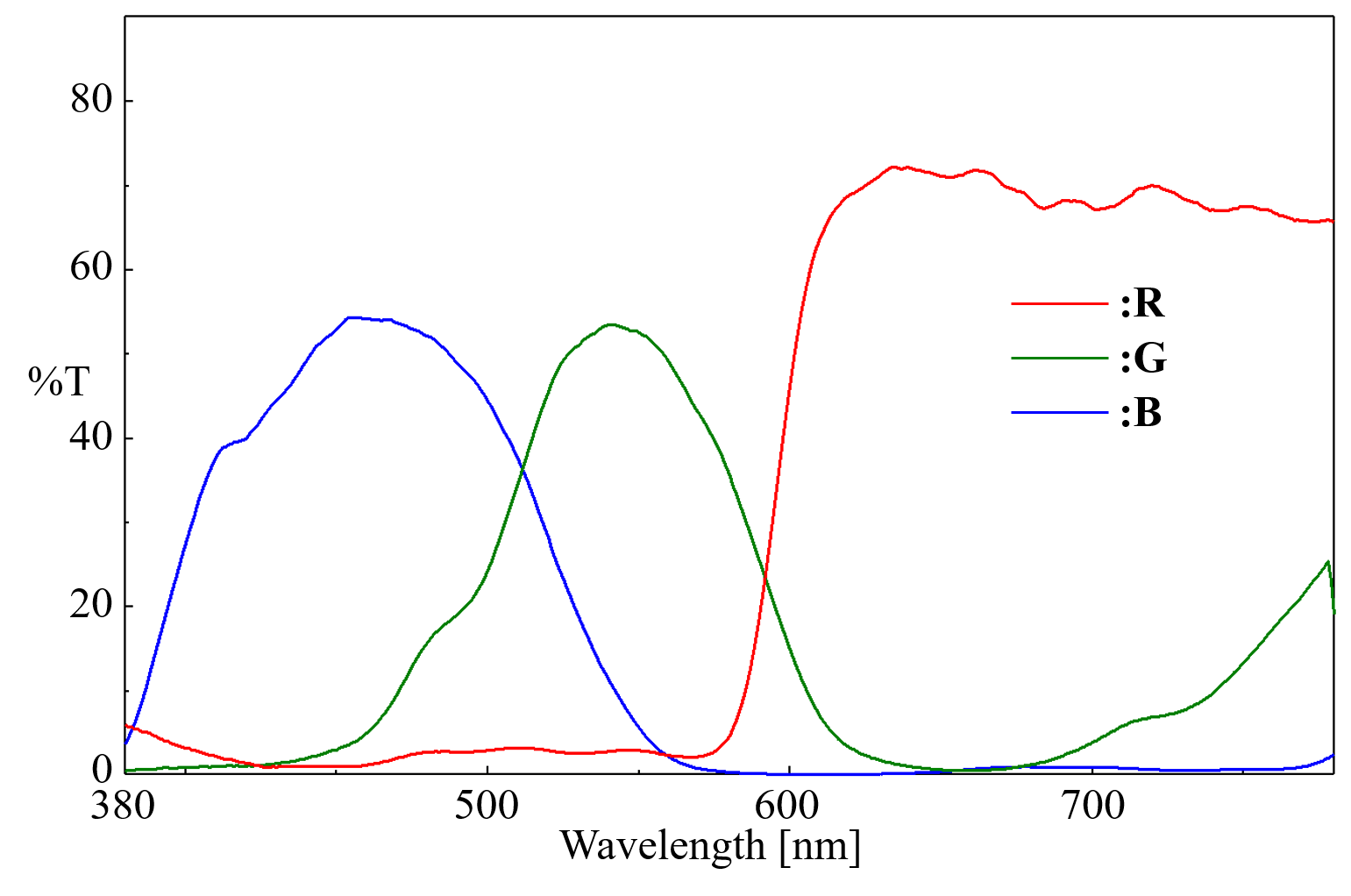
Fig. 7 LCD color filter spectra
Quantitative determination of hexavalent chromium
The use of hexavalent chromium has been regulated by the EU RoHS directive. Hexavalent chromium has been widely used for plating and painting, but products must now be certified to be free of hexavalent chromium for RoHS compliance. The diphenylcarbazide reagent forms a complex with hexavalent chromium, producing a reddish-purple color (Fig. 8). The amount of hexavalent chromium present can therefore be quantified by placing samples such as electronic components in boiling water and coloring the eluate with diphenylcarbazide.
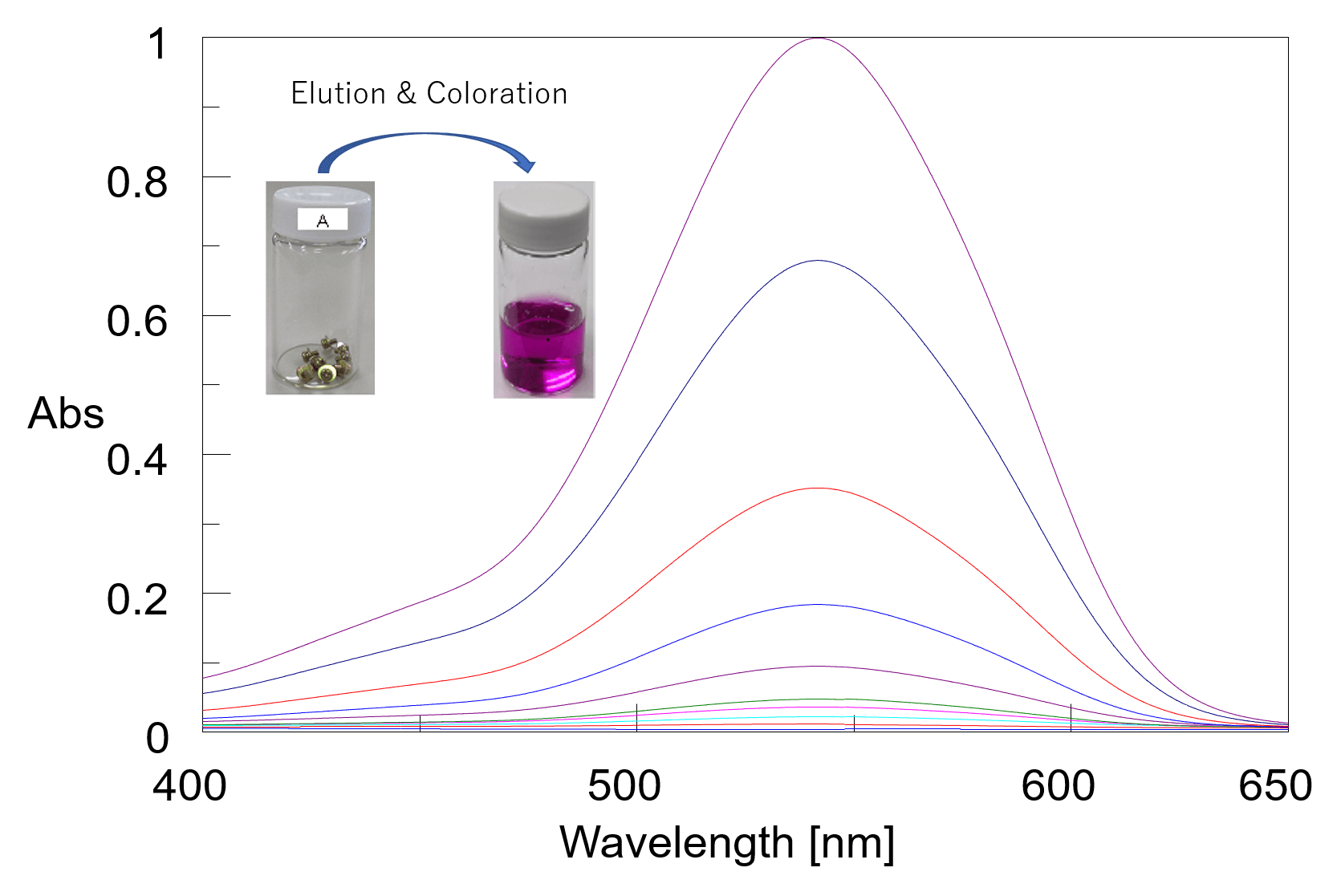
Fig. 8 Spectra obtained during elution and coloration of hexavalent chromium
SPF/PA test for sunscreen cream
Sunscreen creams block the UV rays that cause sunburn. They are categorized by their SPF value (effect at 280 to 320 nm) and PA value (effect at 320 to 400 nm). Until now, SPF/PA tests have required a healthy, non-hypersensitive group of subjects for skin patch testing, but such tests can now be performed using UV-vis spectroscopy (Fig. 9).
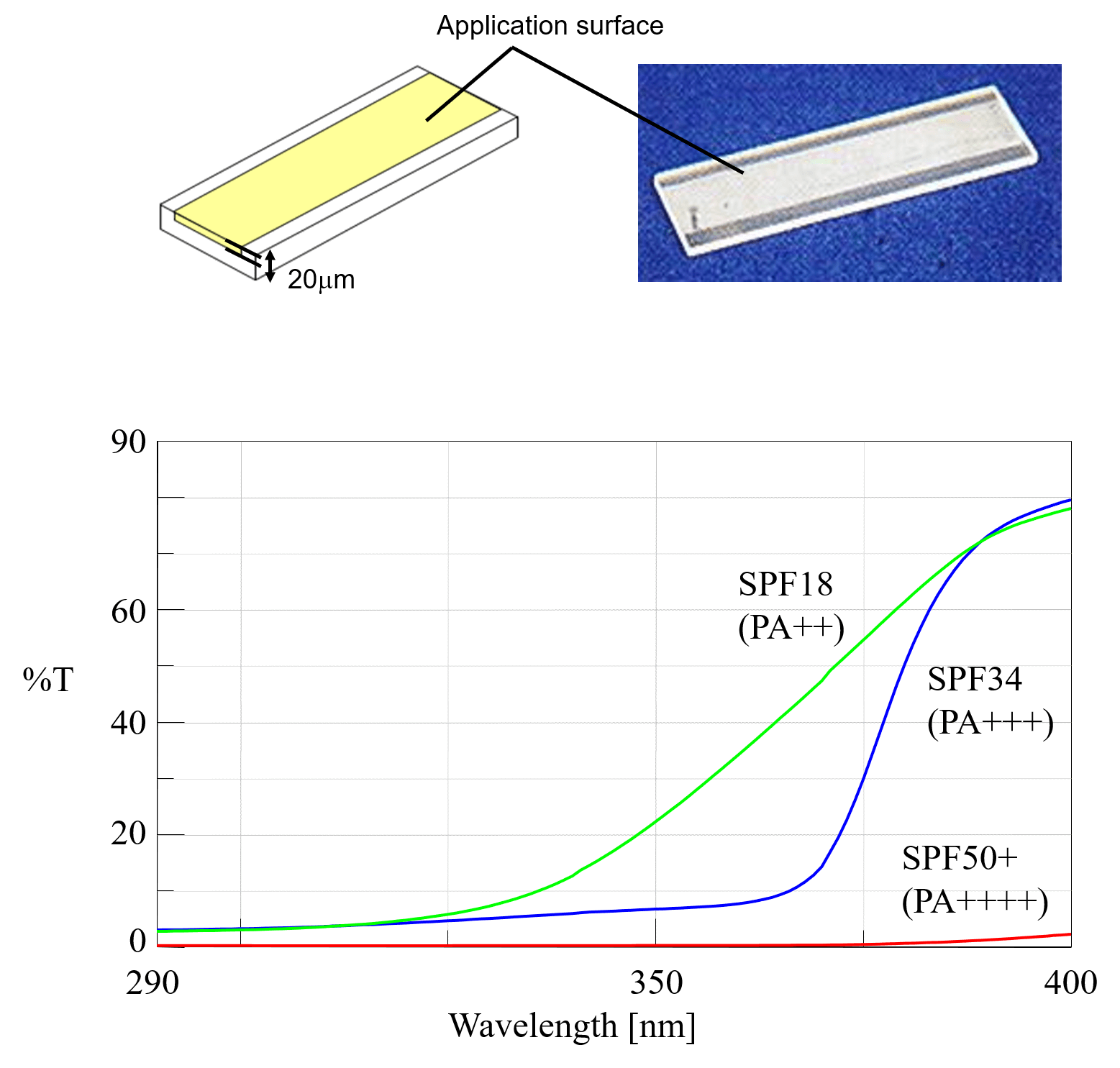
Fig. 9 Measurement of dedicated cell (top) and sun cream (bottom)
Related Posts:
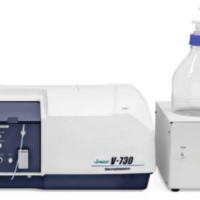 Quantitative Determination of Low-concentration…
Quantitative Determination of Low-concentration… Analysis of Ultraviolet Absorbers in Sunscreen Cream by HPLC
Analysis of Ultraviolet Absorbers in Sunscreen Cream by HPLC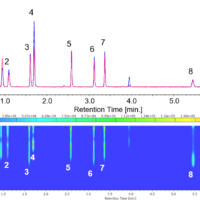 Analysis of Ultraviolet Absorbers in Sunscreen Cream…
Analysis of Ultraviolet Absorbers in Sunscreen Cream… Analysis of electronic structure of phthalocyanine…
Analysis of electronic structure of phthalocyanine…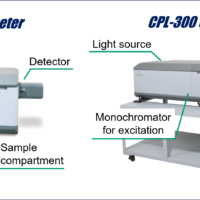 Highly efficient spectral measurement methods using…
Highly efficient spectral measurement methods using…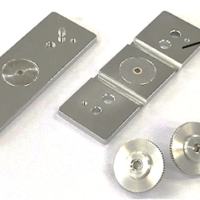 Use of Diamond Compression Cell for Different Sample Types
Use of Diamond Compression Cell for Different Sample Types
